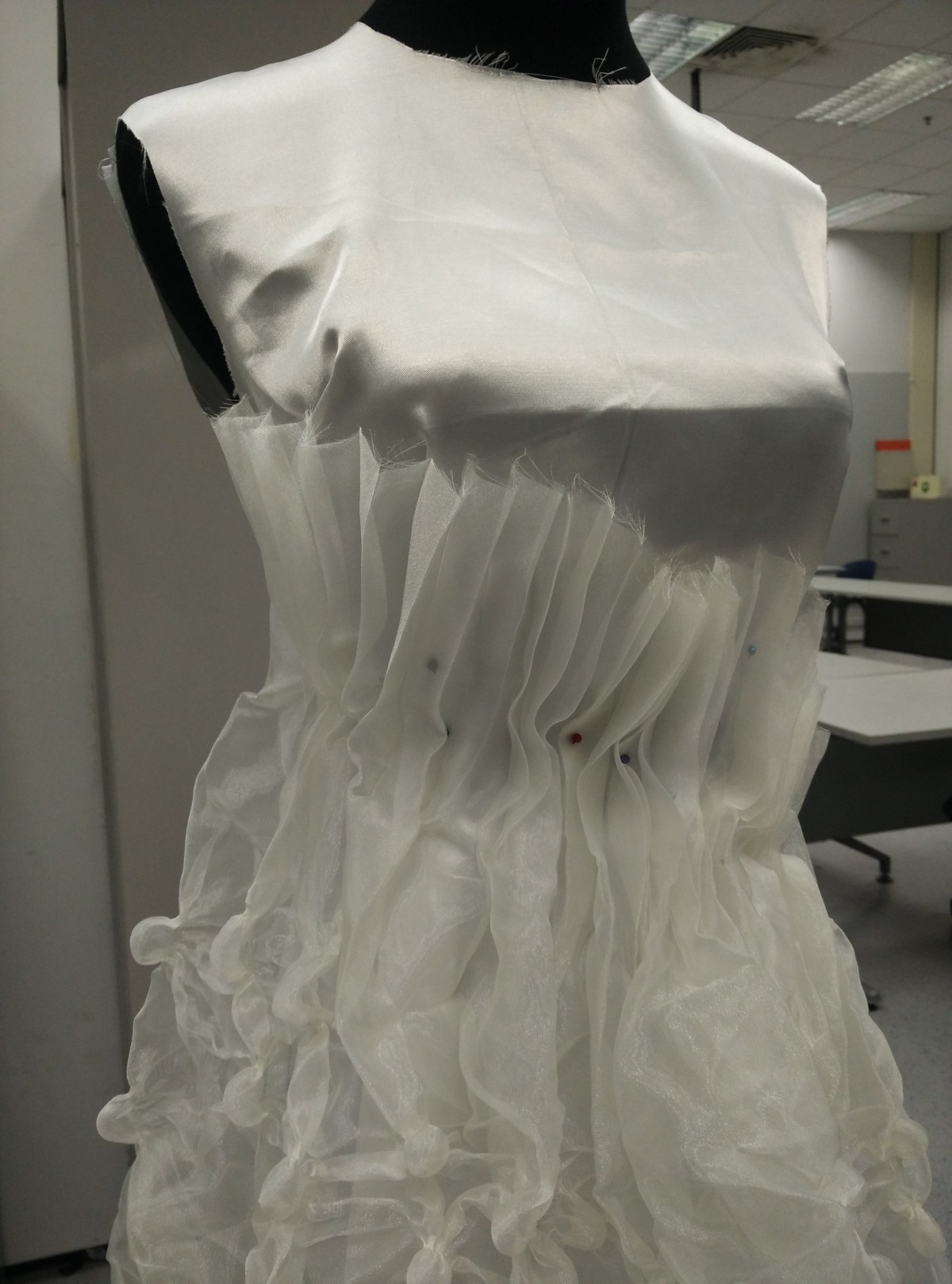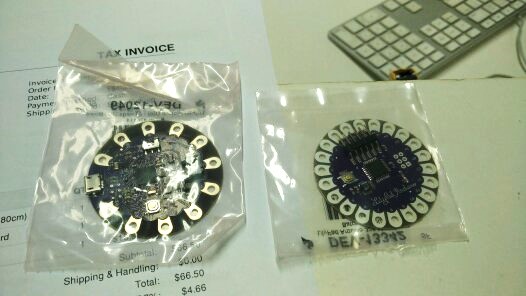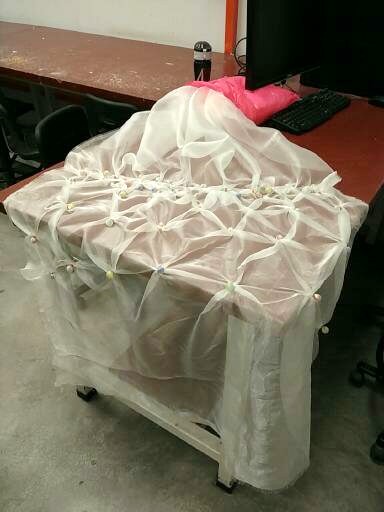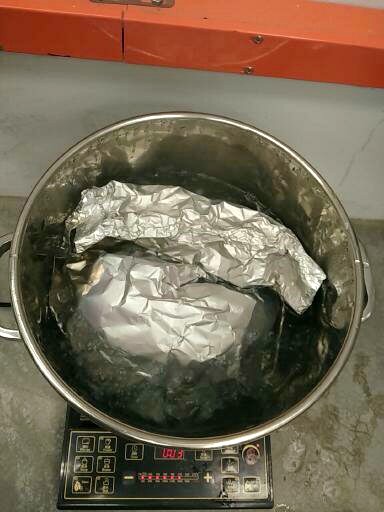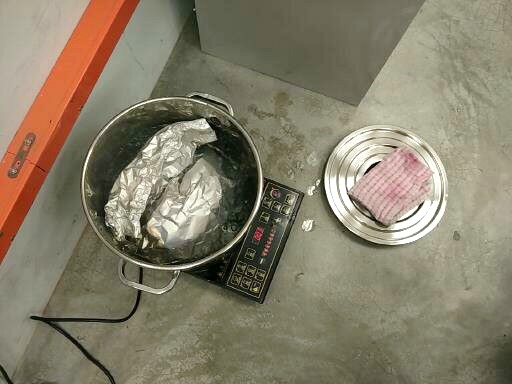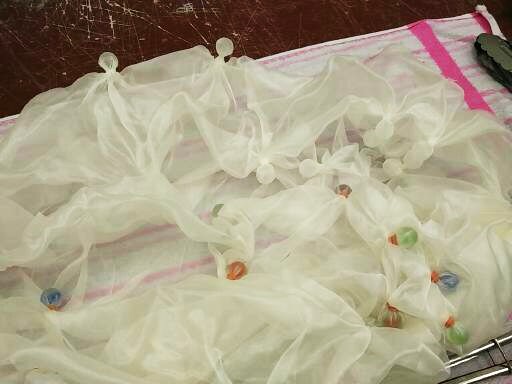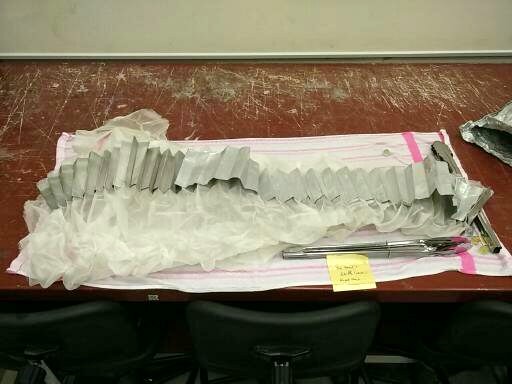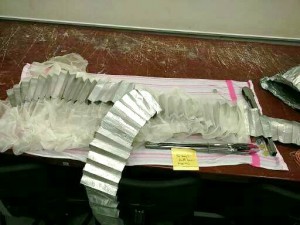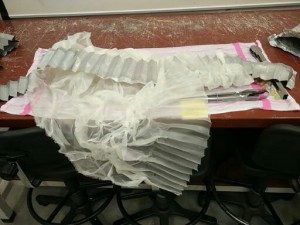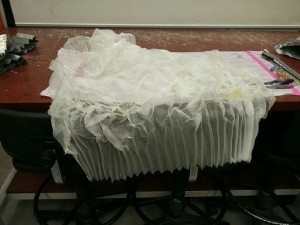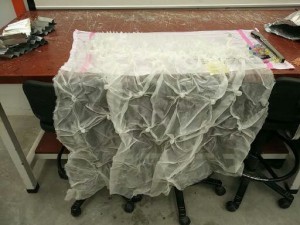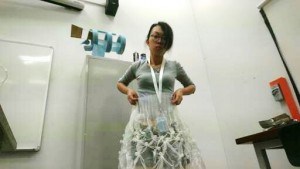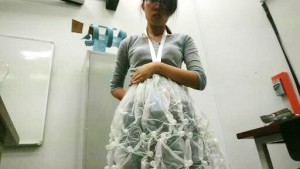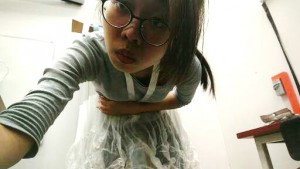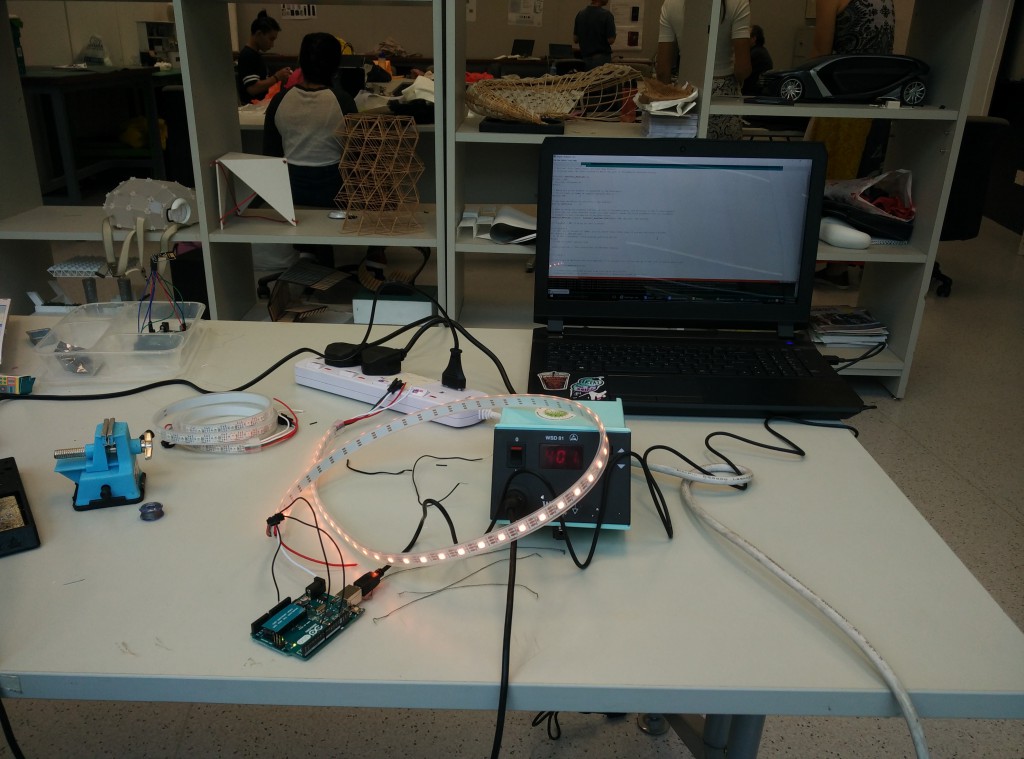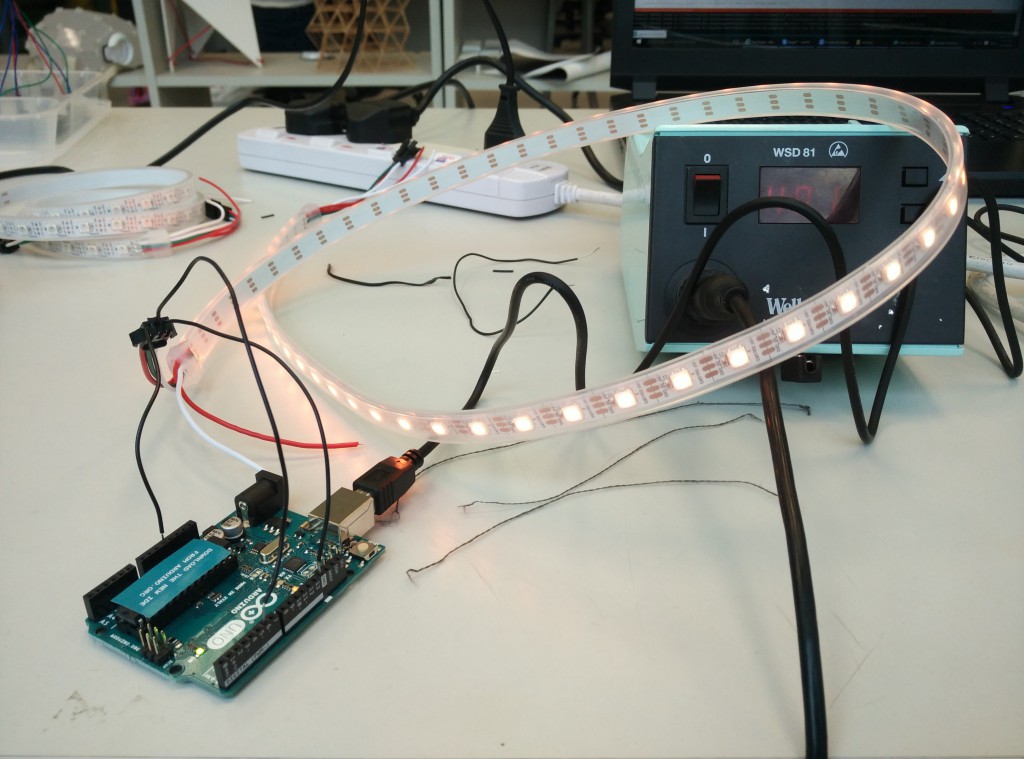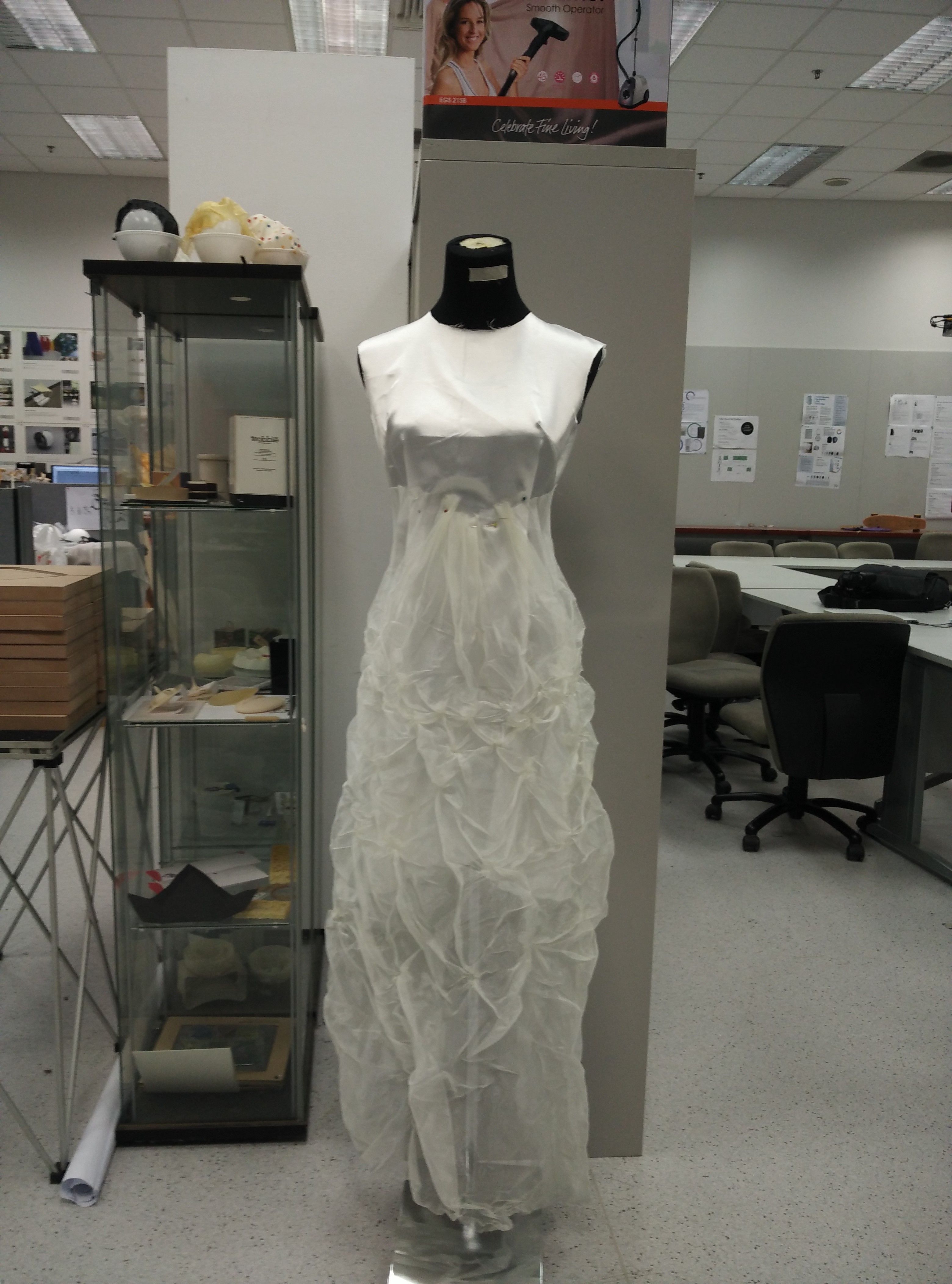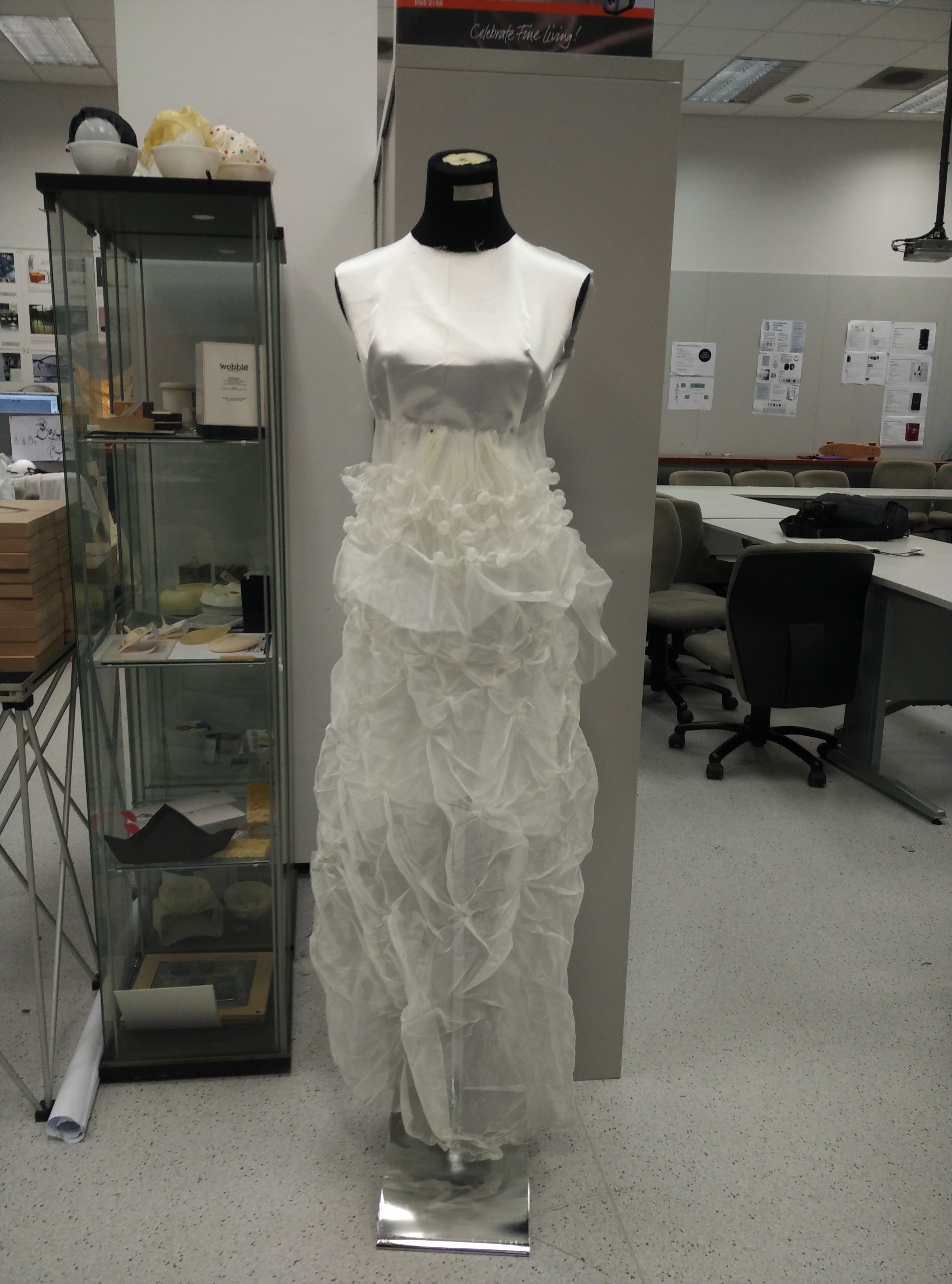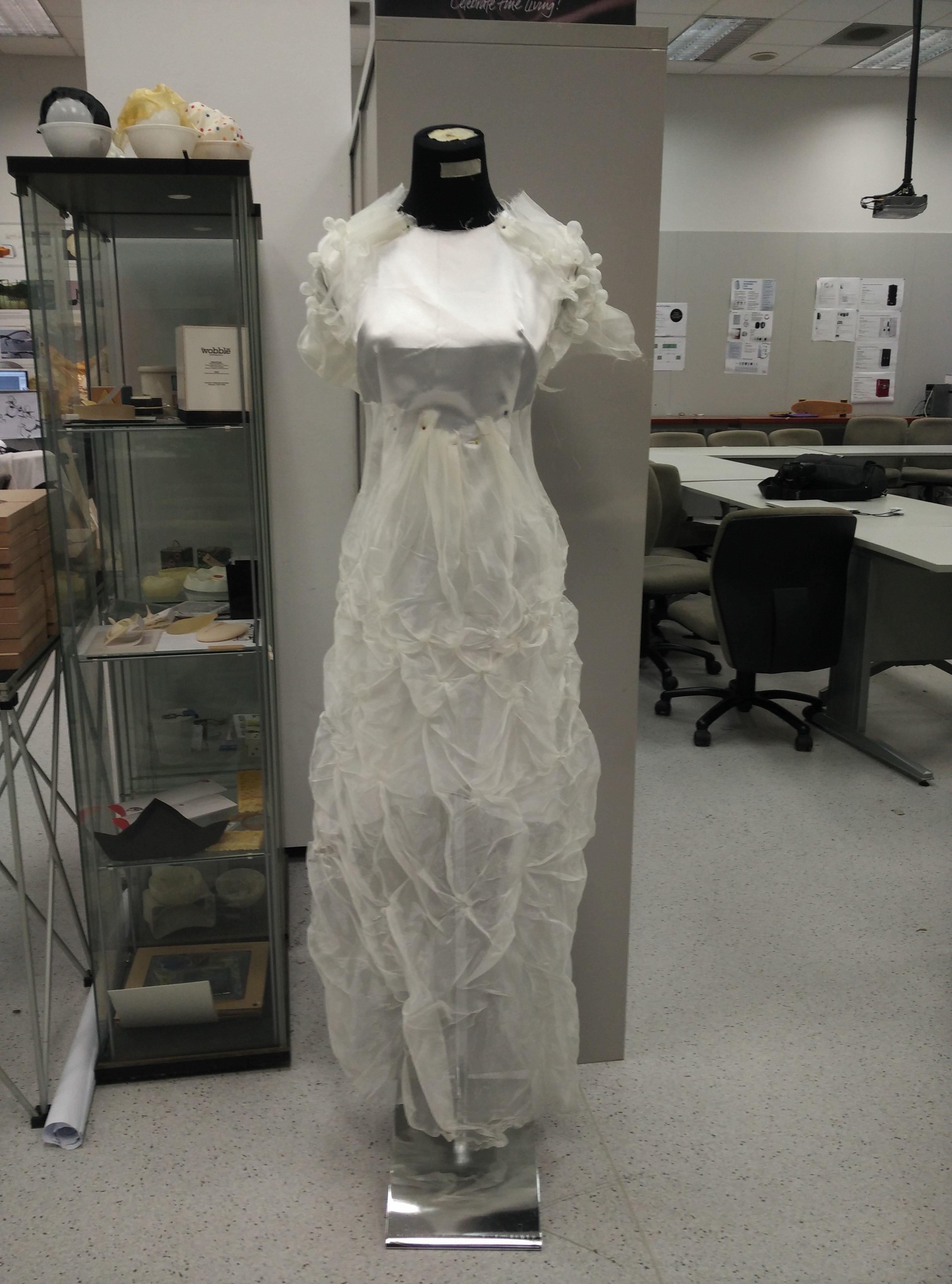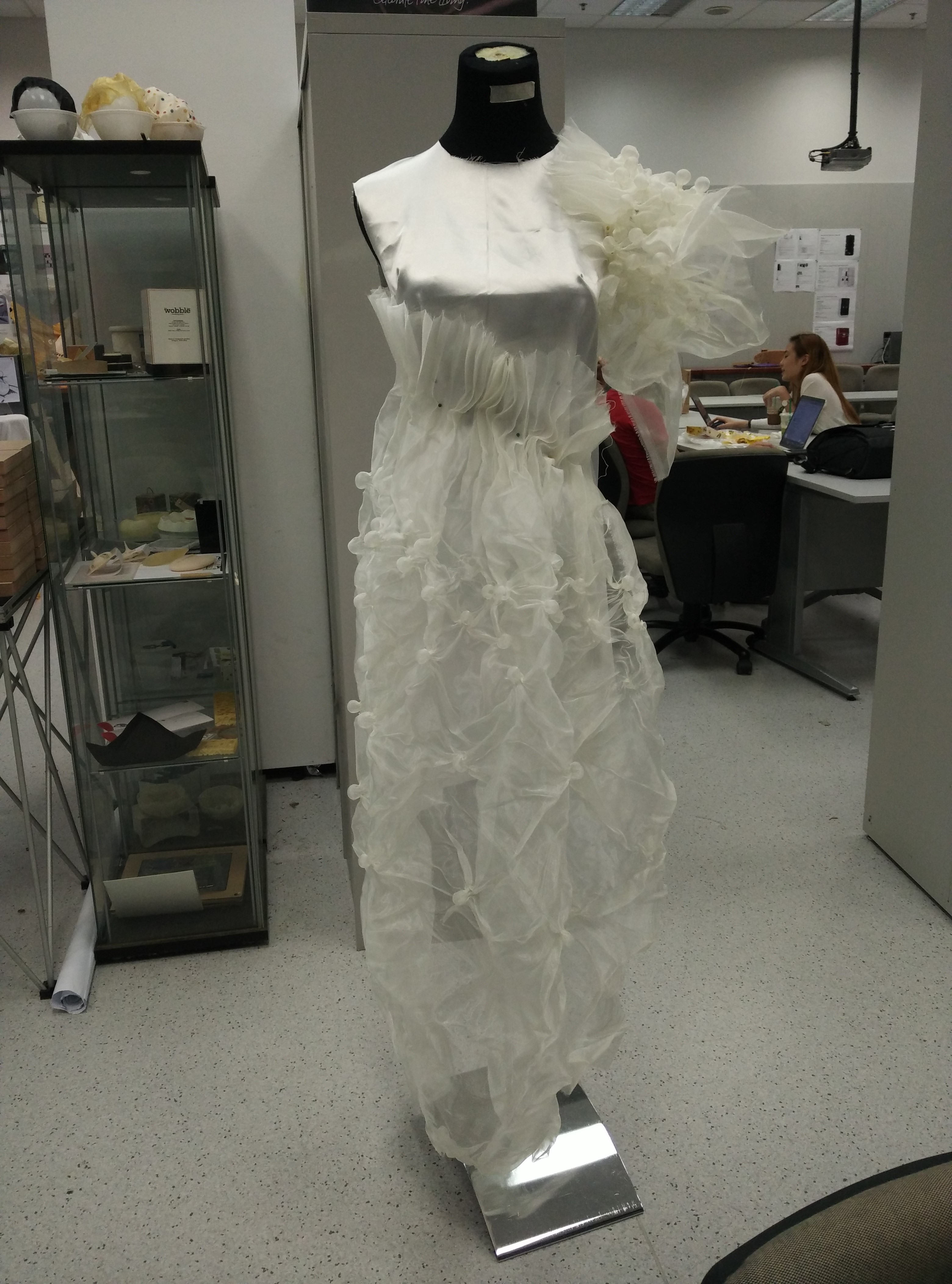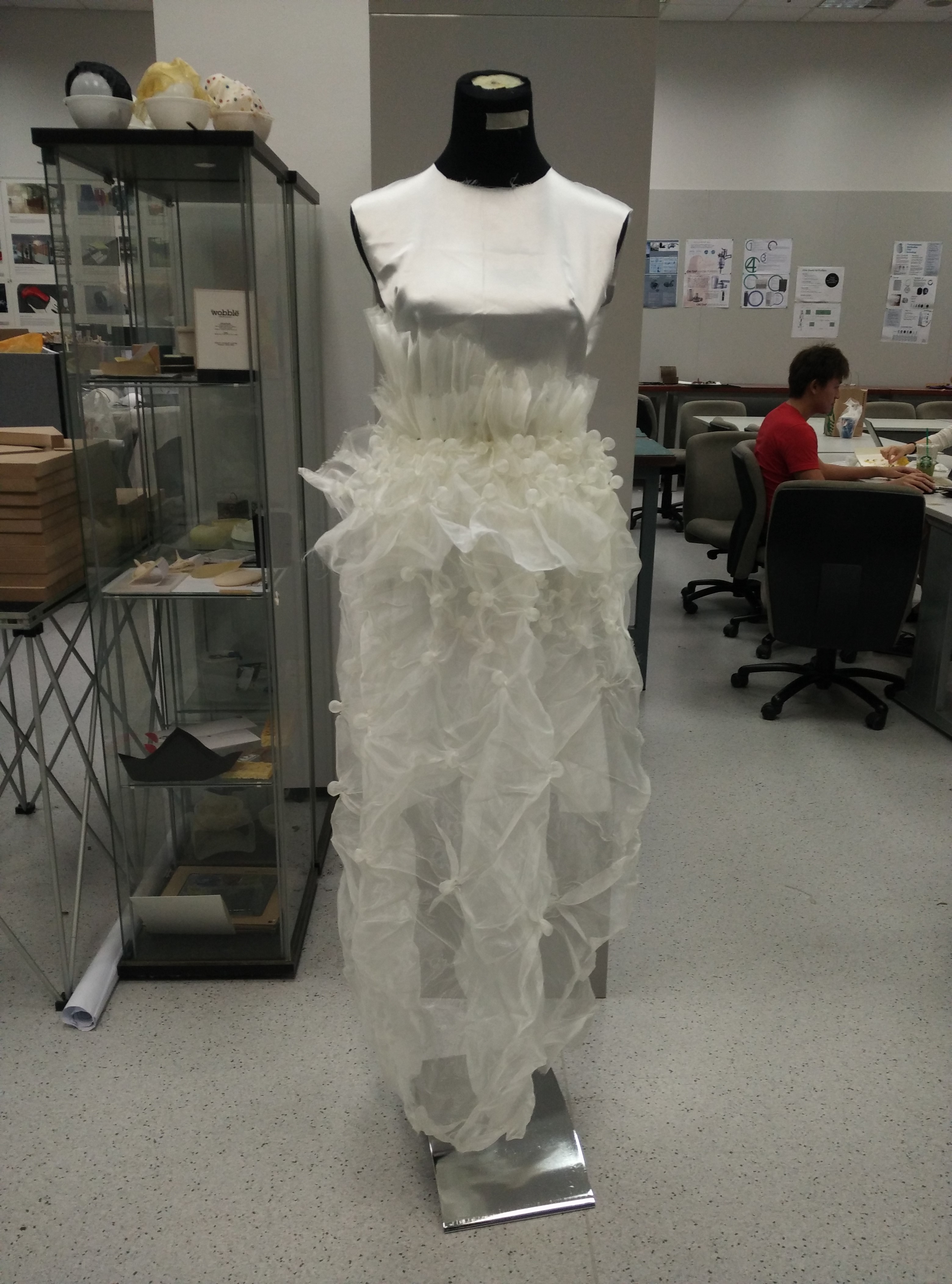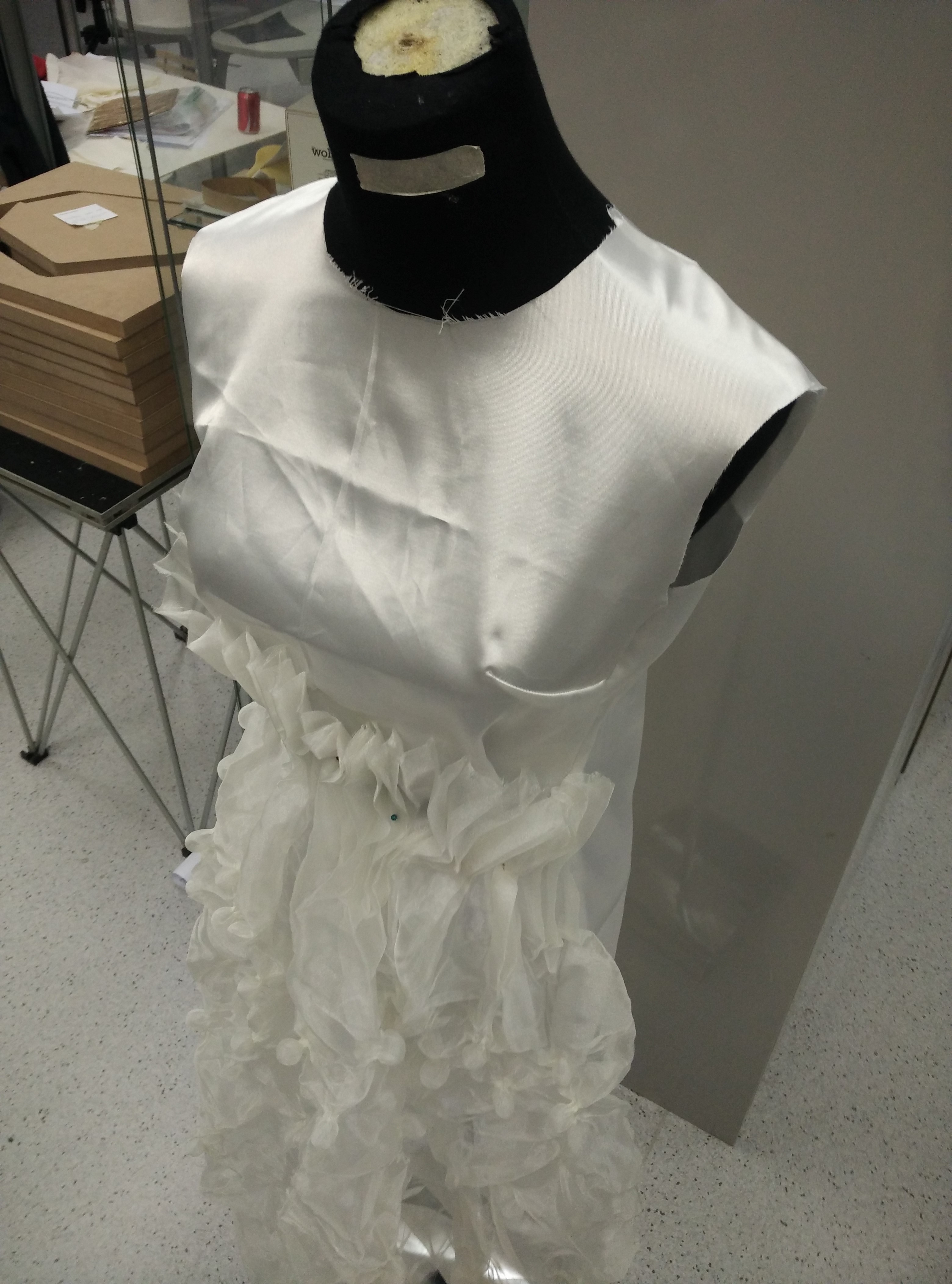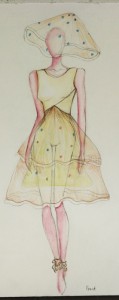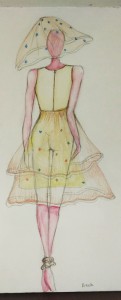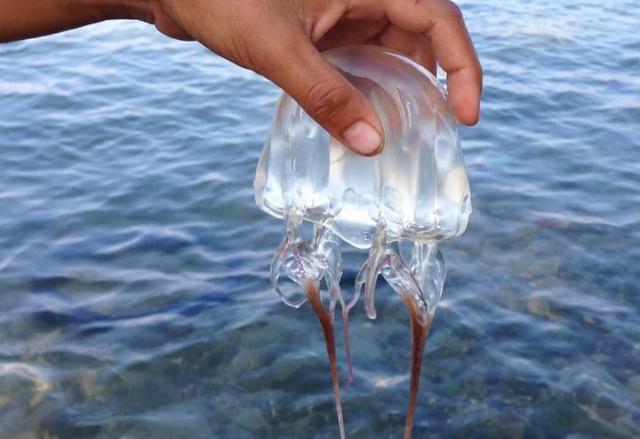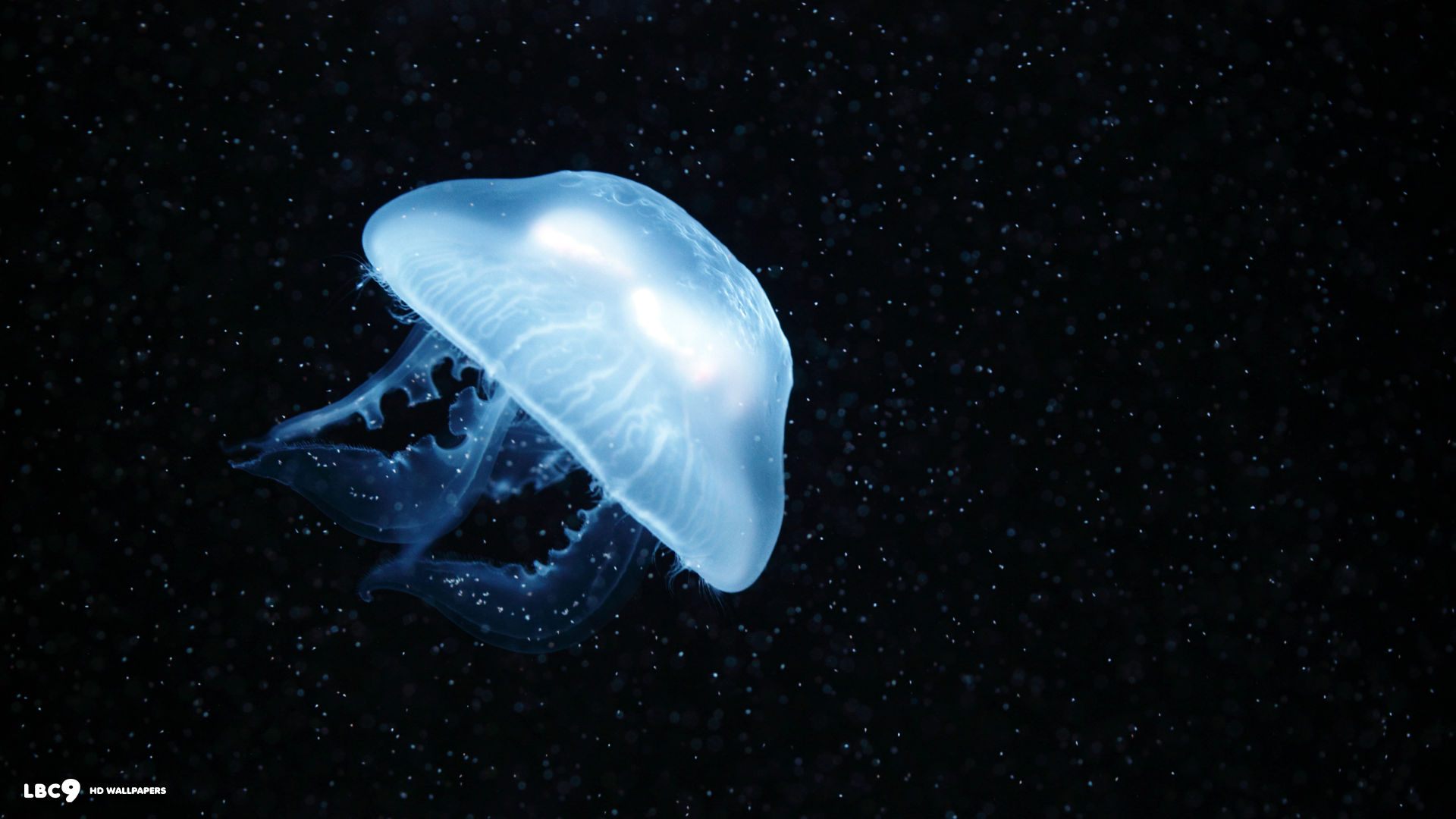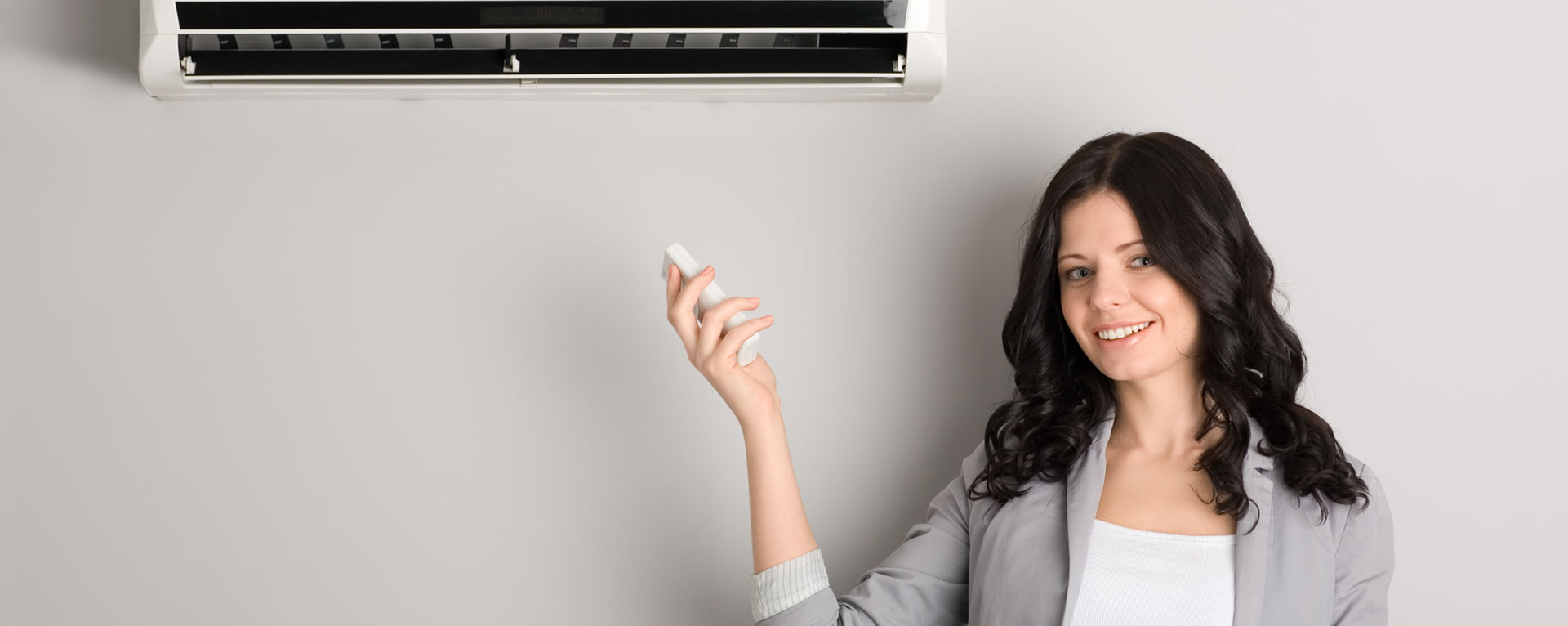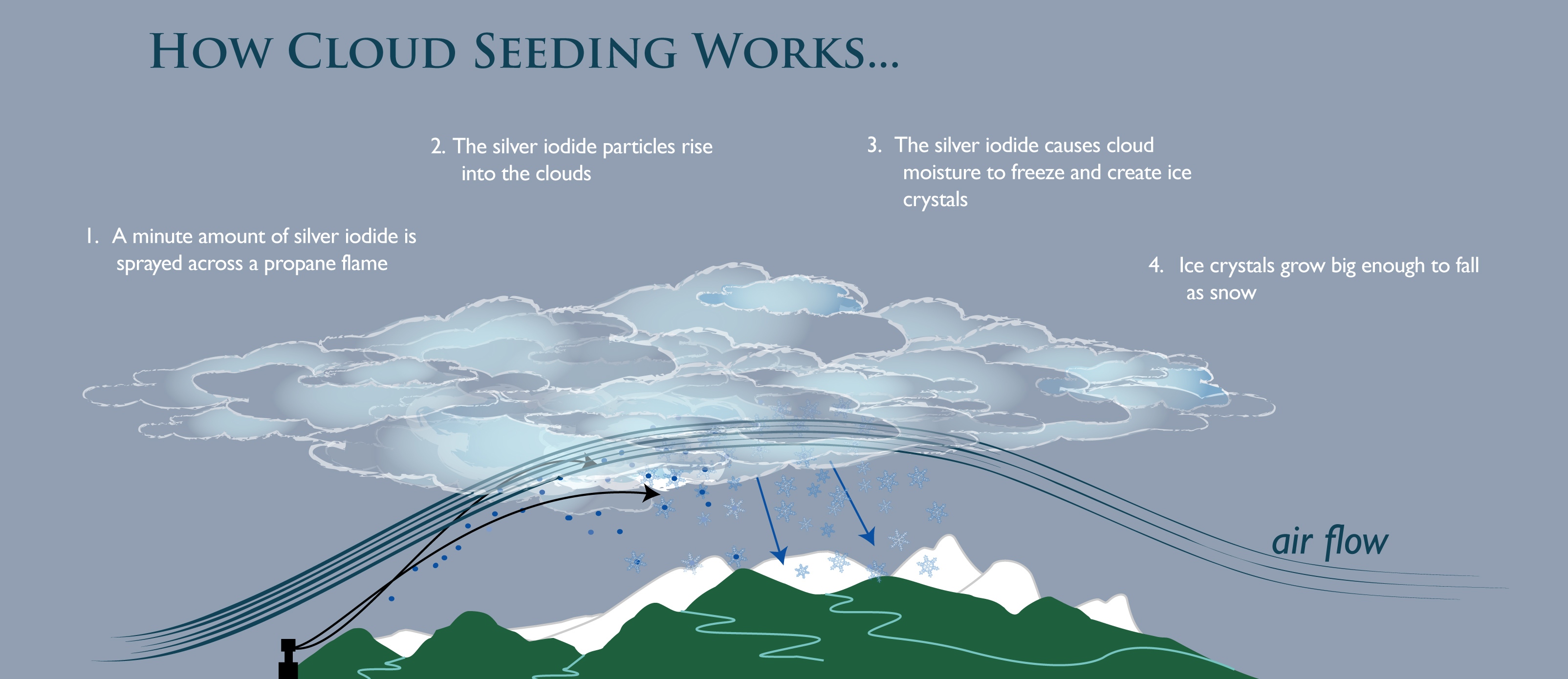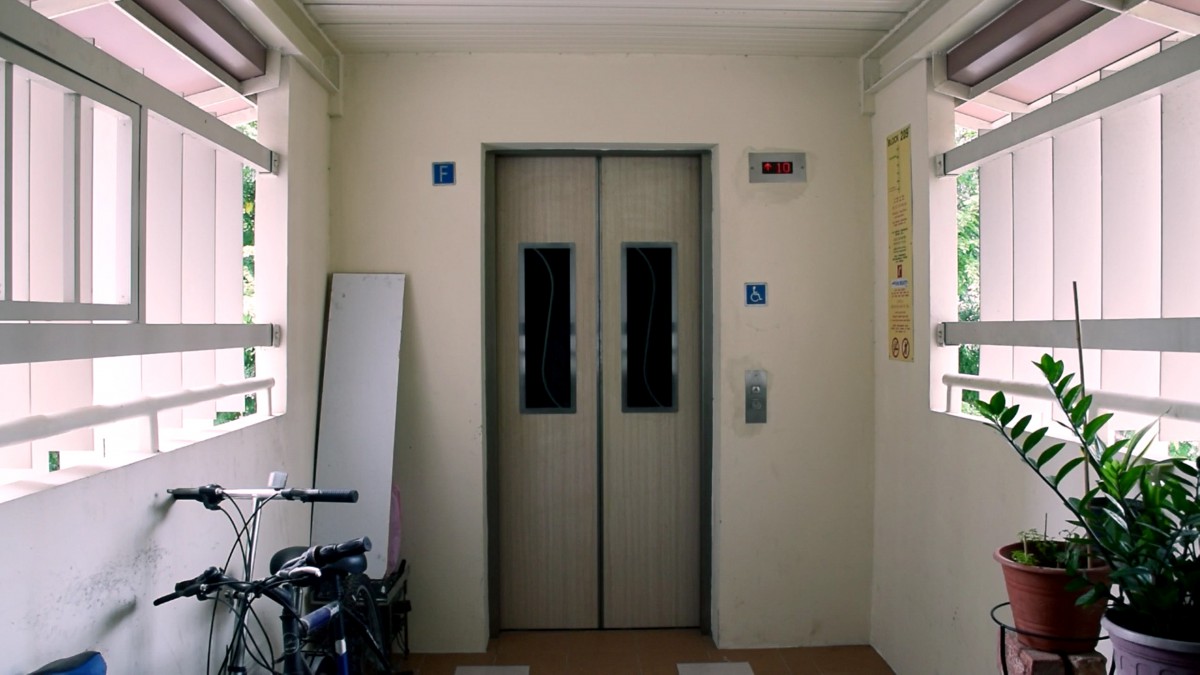Before I continue,
I would like to thank my awesome teachers:
Galina – for guiding me in the making of the dress and for the overflowing love she has for us
Naga – on the programming of the lilypad mainboard, and advices on the type and quantity of electronics I should get
Angeline – for guiding me in creating my solo performance and boosting my confidence by telling me, “You are really brave”, I really needed the courage
Randall – for the planning and behind the scenes set ups
I learnt so much from both Galina and Naga through visual learning and hands-on application of technical skills. I am very amaze at how Randall can superimpose two space into one to create the illusion that Angeline is in the same space we are at and how Angeline picks out our individual strengths to direct our performances. I am very thankful to everyone for their constant optimism and encouragement, effort and time they have put into this project. I am inspired by everyone, including my peers who have taken up this challenge with a strong, confident and courageous mindset. I will continue to do my best as an irresistible attention seeking jellyfish.


As observed in the video, there is an irregular alignment of the zipper to the satin fabric. The cause may be due to the fact that the machine is an industrial machine and it is very powerful, producing vibrations and impact that causes the zipper to jump and misalign with the fabric. The zipper has to be removed and sewn with precise alignment, so that folds along the zipper will not show and zipping will be smoother. (Featuring Galina)

Somethings to improve on and changes in idea:
- Instead of creating two layers of organza, I would be using the shorter piece to create a sleeve for the left arm.
- I will be creating a belt to emphasize on my waist line.
- I might cut a bit of the organza away near the ends so that I would not trip on my dress or tear it apart from the satin when I dance and perform with my peers.
